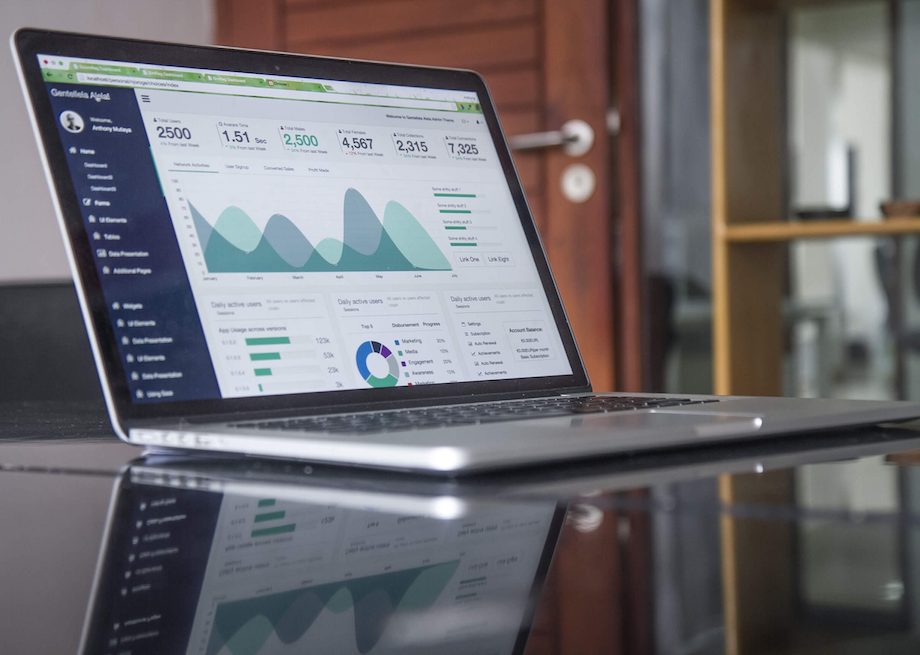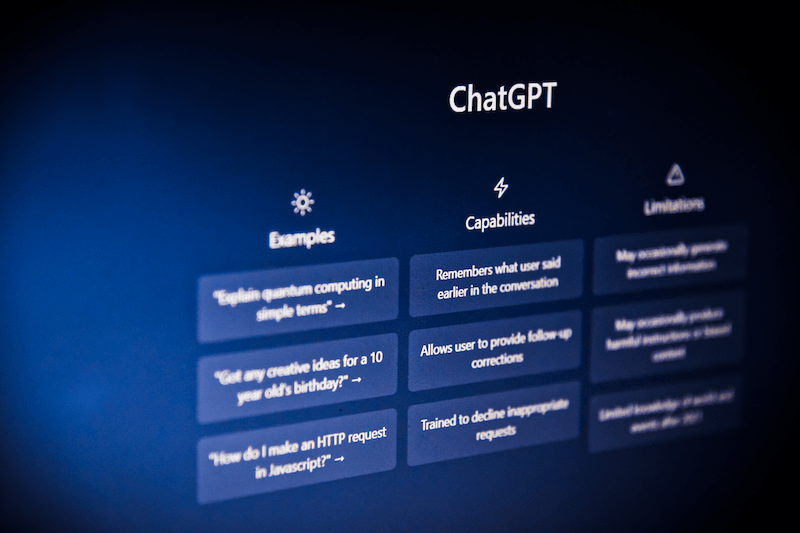Articial Intelligence In Business. How AI is Transforming Businesses
20 Mar, 2023
Articial Intelligence In Business
Artificial intelligence (AI) is a collection of systems or a combination of algorithms whose goal is to create machines that mimic human intelligence to perform tasks and can improve based on the information they receive.
In other words, it is the ability of an information system to mimic human cognitive functions such as learning and problem solving.
Artificial Intelligence algorithms can analyze data, learn from it, and make predictions and decisions based on that learning. Artificial IntelligenceI technology includes machine learning, natural language processing, computer vision, and robotics. The IA is used in many fields, including medicine, education, industry, security, transportation, banking, agriculture, entertainment, and many others. In this article, we will explore how AI is transforming businesses and the benefits it brings.
How AI is Transforming Businesses
Artificial intelligence is transforming businesses in a variety of ways. AI is transforming the way businesses operate, from automating repetitive tasks to providing personalized customer experiences. Let’s see some of the ways Artificial intelligence is transforming businesses, as well as the benefits and challenges of implementing AI in the workplace.
Automated Operations
One of the most significant ways AI is transforming businesses is through automated operations. Organizations must complete hundreds of tasks each day, and AI can automate repetitive and mundane tasks, allowing employees to focus on more complex and creative work. Businesses can save time and money while improving employee satisfaction.
The use of chatbots is one example of how AI is transforming automated operations. Chatbots are computer programs that can simulate human-to-human interaction. They can be used to automate tasks like answering frequently asked questions in customer service. Businesses can save time and money while improving the customer experience. Chatbots, according to an IBM study, can cut customer service costs by up to 30%.

Through the use of predictive maintenance, AI is also transforming automated operations. Predictive maintenance is a technique that employs artificial intelligence to predict when equipment will fail, allowing businesses to perform maintenance before the failure occurs.This can help businesses save time and money while also improving equipment reliability. According to an IBM study, predictive maintenance can save up to 25% on maintenance costs.
Personalized Customer Experiences
One of the most significant ways AI is transforming businesses is through personalized customer experiences. Customer data can be analyzed by AI to provide personalized recommendations and experiences, increasing customer satisfaction and loyalty. This can assist businesses in increasing customer retention and revenue.
Chatbots are one example of how AI is transforming personalized customer experiences (previously we have seen how chatbots can hel answering FAQ). Chatbots can be used to provide customers with personalized recommendations based on their preferences and purchase history. This can assist businesses in increasing customer satisfaction and revenue. According to a Salesforce study, companies that use AI to personalize customer experiences can increase revenue by up to 15%.
Recommendation engines are another example of how AI is transforming personalized customer experiences. Algorithms that analyze customer data to provide personalized recommendations are referred to as recommendation engines. This can assist businesses in increasing customer satisfaction and revenue. Businesses that use recommendation engines can increase their revenue by up to 30%, according to a McKinsey study. Through the use of predictive analytics, AI is also transforming personalized customer experiences. Predictive analytics is a technique that uses artificial intelligence (AI) to predict customer behavior, allowing businesses to provide personalized experiences. This can assist businesses in increasing customer satisfaction and revenue. Businesses that use predictive analytics can increase their revenue by up to 20%, according to a Forbes study.
Improved Decision Making
One of the most significant ways AI is transforming businesses is through improved decision making. AI can analyze data to provide insights and recommendations to businesses, allowing them to make better decisions. This can assist businesses in increasing their efficiency and revenue.

Natural language processing is another example of how AI is transforming better decision making (NLP). NLP is a technology that enables computers to comprehend human speech. By analyzing customer feedback and social media data, businesses can make better decisions. According to an IBM study, businesses that use NLP can increase customer satisfaction by up to 30%.
AI is also transforming decision making by utilizing machine learning. Machine learning is a method of teaching computers to learn from data without explicitly programming them. By analyzing large amounts of data and identifying patterns, this can assist businesses in making better decisions. According to a McKinsey study, businesses that use machine learning can increase the accuracy of their decision-making by up to 25%.
Increased Efficiency and Productivity
Some of the most significant ways AI is transforming businesses are increased efficiency and productivity. AI can automate mundane and repetitive tasks, allowing employees to focus on more complex and creative tasks. Businesses can save time and money while improving employee satisfaction.
Robotic process automation is one example of how AI is transforming increased efficiency and productivity (RPA). RPA is a technology that automates repetitive tasks such as data entry, data processing, and customer service using software robots. Businesses can save time and money while improving the accuracy and quality of their work. According to a Deloitte study, RPA can reduce task completion time by up to 90%.
Chatbots are another example of how AI is transforming increased efficiency and productivity. Chatbots are computer programs that can simulate human-to-human interaction. They can be used to automate tasks like answering frequently asked questions in customer service. Businesses can save time and money while improving the customer experience. Chatbots, according to an IBM study, can cut customer service costs by up to 30%.
Through the use of predictive maintenance, AI is also transforming increased efficiency and productivity. Predictive maintenance is a technique that employs artificial intelligence to predict when equipment will fail, allowing businesses to perform maintenance before the failure occurs. This can help businesses save time and money while also improving equipment reliability. According to an IBM study, predictive maintenance can save up to 25% on maintenance costs.
Recruitment And Talent Sourcing
Some of the most significant ways AI is transforming businesses are recruitment and talent sourcing. AI can analyze resumes and job applications to identify the best candidates for a job, increasing the recruitment process’s efficiency and accuracy. Businesses can save time and money while also improving the quality of their hires.
The use of resume screening software is one example of how AI is transforming recruitment and talent sourcing. Resume screening software is a technology that uses artificial intelligence to analyze resumes and job applications in order to identify the best candidates for a position. Businesses can save time and money while improving the accuracy of their hiring decisions. Businesses can enhance their hiring productivity by up to 50% by using resume screening software, according to a Harvard Business Review research.
The use of chatbots is another illustration of how AI is revolutionizing hiring and talent sourcing. Chatbots can be used to automate the first steps of the hiring process, including scheduling interviews and responding to frequently asked queries. This can enhance the candidate experience while saving organizations time and money. Chatbots can save recruitment costs by up to 50%, per an IBM study.
Through the application of predictive analytics, AI is also revolutionizing hiring and personnel sourcing. Using AI, the technique of predictive analytics makes predictions about the future based on data from the past. By evaluating their prior performance and experience, this can assist firms in finding the best candidates for a position. Businesses that employ predictive analytics can increase their hiring efficiency by up to 18%, according to a McKinsey study.
Conclusion
To sum up, Artificial Intelligence is changing how organizations run in a number of ways, including automated operations, customized consumer experiences, and improved decision making. Businesses can save time and money while increasing productivity, accuracy, and customer satisfaction by using AI. A business that adopts AI technology is likely to acquire a competitive edge in their market, even though there are obstacles to using AI in the workplace. AI’s ability to change enterprises will only increase as it develops and becomes more sophisticated.